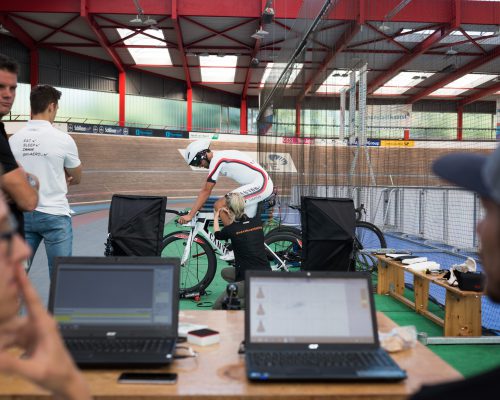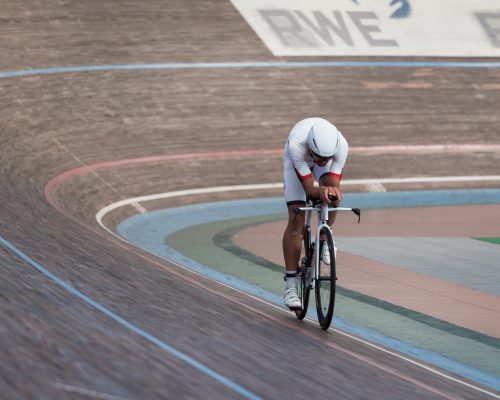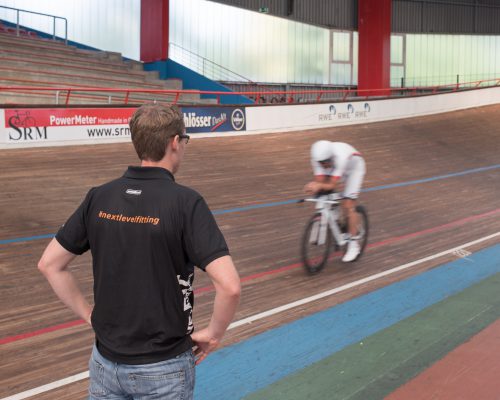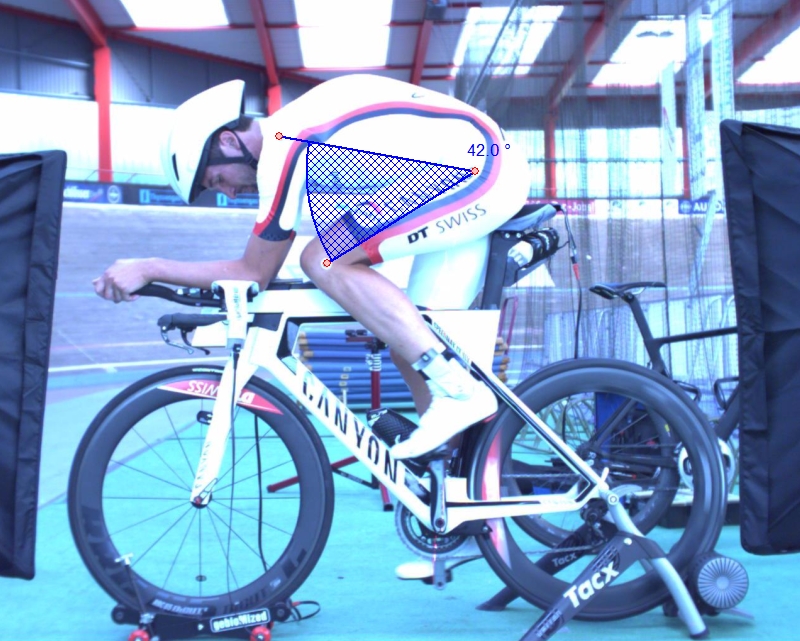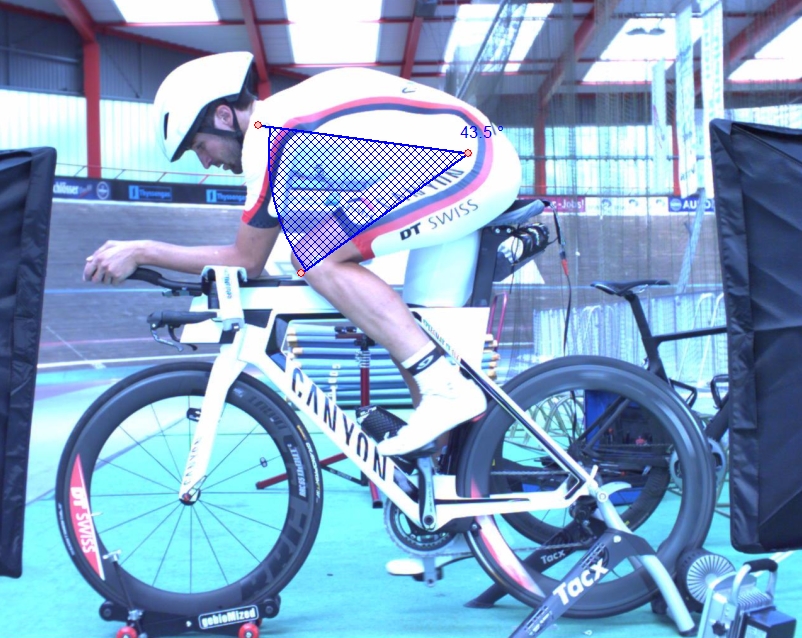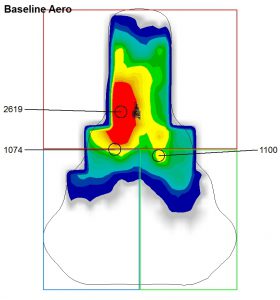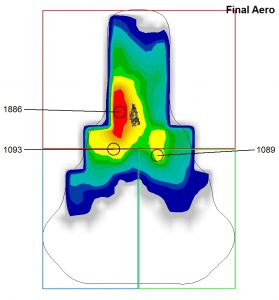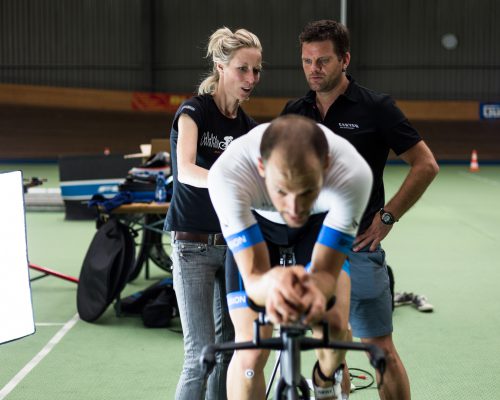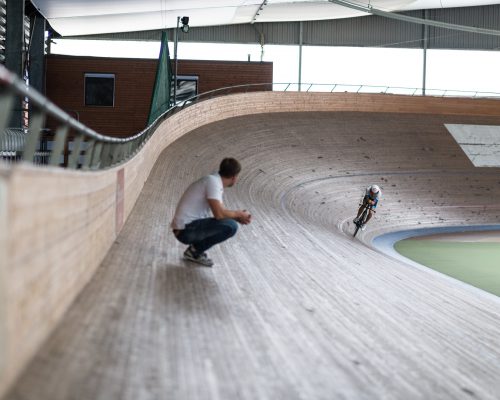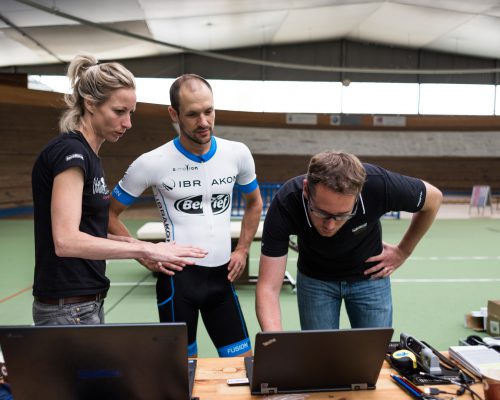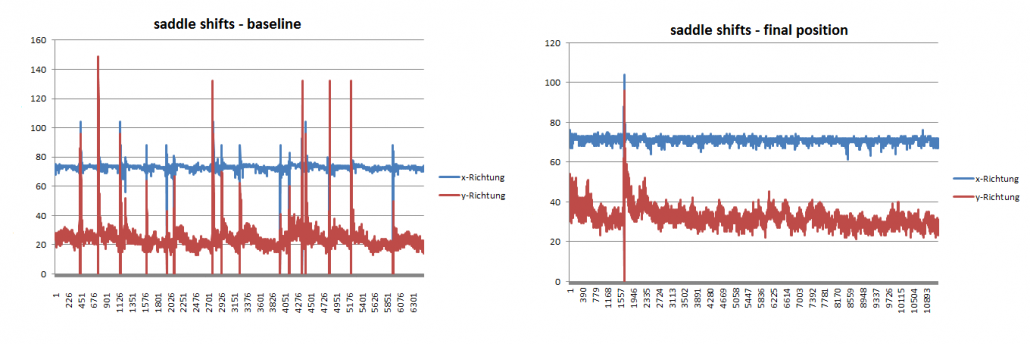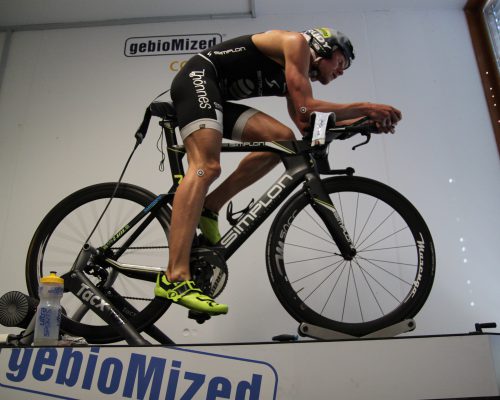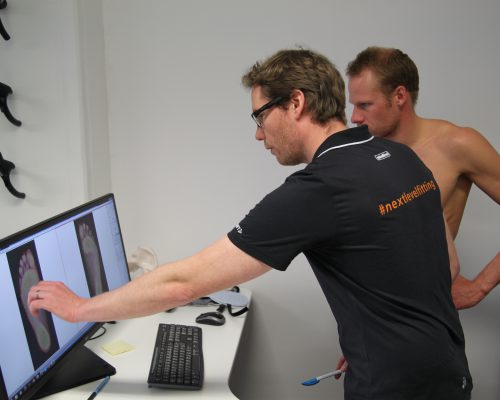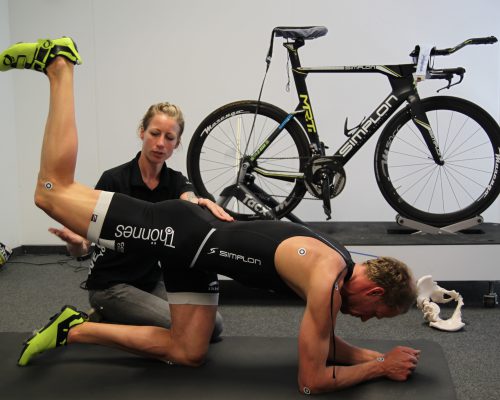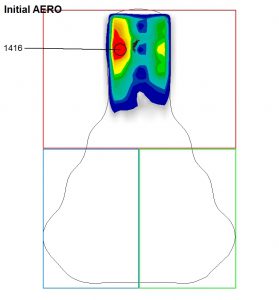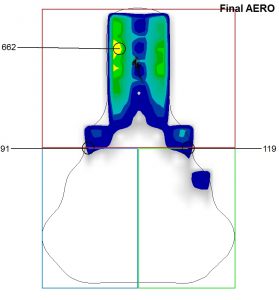Road to Kona 2016
Once a year the elite of the long-distance triathlon world descend upon Hawaii for the official Ironman World Championships. The preparations for Hawaii start way earlier to be able to deliver the best possible performance on that specific day. In the 2016 season we had the honour of working with three pros on their cycling position for Kona. As much as the three athletes differ, their overarching goal is the same: Finding a bike position that is as aerodynamic as possible that they can sustain for as long as possible under the gruelling conditions on Hawaii. Regardless of this identical goal, the analysis of the baseline conditions showed individual differences so that we took different fitting-specific actions. Our “Road to Kona” also led us to the cycling tracks in Augsburg and Buettgen, where we had exciting days of aero-optimization with the STAPS-experts. During the fittings were taking using the biomechanical analysis systems of gebioMized and Alphamantis’ TAS-system, which calculates the CdA-value in real time.
In this article we would like to provide you with a little overview of the individual athletes and their positions:
Boris Stein
We started working with Boris for the first time approximately eight weeks prior to Kona. Due to this short time period, it was obvious that we could only address details of his current position in order to not ask too much of his body in terms of adaptation. As we, together with STAPS, analysed the aerodynamic drag of his current position, it became clear that it is already very aerodynamic and fast. His CdA-value (0.232 at a body height of 1.88m), was more fitting for a professional time trialist than for an Ironman. We nonetheless identified some optimization potential in the opening of the hip angles (especially at the beginning of the pushing phase, see pic. 1) and the pelvic stability on the saddle (pic 3.1). We tried to address both of these issues by adapting the point of contact saddle and the positioning of the extensions. After minimal changes of the saddle position and some mid-size changes at the cockpit we achieved the decisive breakthrough: An even lower CdA-value (0.224) and a hip angle that we opened an additional 1.5° at the decisive 0° crank position (pic. 2).
pic. 1: Baseline 0° crank position
pic. 2: Final 0° crank position
In addition, we measured an improved stability of the center of pressure on the saddle (moved by 7mm to the back) and a reduction of the maximum pressure spot on the saddle nose by 20% (pic. 3.2) – all of this with a higher cockpit setup than before! As also Boris’ subjective feedback was quite positive, this fitting can be summarized as follows: A lower cockpit does not necessarily make you faster!
pic. 3.1: Saddle pressure plot (pre)
pic. 3.2: Saddle pressure plot (post)
Patrick Lange
In an additional cooperation with STAPS we spent a day with Patrick Lange on the cycling track in Augsburg. With a CdA-value of 0.215 Patrick’s baseline was already really aerodynamic, so that we could focus more on “aero-stability”. The parameter “position-stability” is so important because it allows for estimations of how long an athlete can sustain an aerodynamic position. For Patrick the highest optimization-potential was the positioning of the pelvis on the saddle, as he visibly moved on the saddle every 8-9 seconds during the baseline measurement (see left-hand side of picture 4: every peak is a pelvic ‘shift’). By changing to another saddle model (COBB JOF 55) and minimally reducing the saddle height, we could significantly improve his pelvic stability (right-hand side of picture 4).
pic. 4: COP-time-plot (pre / post)
Once a good pelvic stability is achieved, we could continue our search for optimization potential at the cockpit. Et voila: By changing the angle of his extensions not only were his forearms more stable on the arm pads, but the CdA-value was further reduced (0.211). One can measure the effect of the increased stability at the cockpit using the point of load incidence on the aero pads. This ‘centre of pressure’ (CoP) was ‘moving’ more in the baseline (see picture 5), which is a sign for an increased activity of the upper arm/ shoulder muscles. In the final position, the center of pressure is centrally located on a small area, showing an improved stability (picture 6).
pic.5: Aero-pad pressure plot (baseline)
pic.6: Aero-pad pressure plot (final)
Per Bittner
We welcomed Per and his coach Guido Vroemen in the spring of 2016 in our lab in Münster. The goal of this fit session was mostly the optimization of the points of contact, to ‘build’ a position that is as stable and as comfortable as possible, while still being fast. Already the baseline measurement showed that the Cobb JOF 55 saddle was a good fit for Per’s pelvic anatomy (see picture 7.1). Following a bit of fine-tuning of the saddle position and the saddle height, the final measurement of the saddle pressure could be taken (pic. 7.2). The saddle optimization resulted in a remarkable reduction of the maximum pressure by more than 50% and a doubling of the contact area.
pic. 7.1: Saddle pressure plot (pre)
pic. 7.2: Saddle pressure plot (post)
When adapting the cockpit (handlebar height, positioning of the arm pads and extensions), we could decrease the tension of the upper back muscles, relieve the shoulder area and minimize the left-right movements of the upper body (see video 1). We achieved this without increasing the system’s frontal surface area, which should have a positive effect on the air drag.
Video 1: Analysis of the frontal plane
In addition, we supplied Per with customized gebioMized insoles, to increase the contact area within the shoes and to stabilise the knee movement in the pushing phase.
Now almost all preparations for the big day are completed and our work is done. A big ‘thank you’ to all cooperation partners – working with STAPS, the bike manufacturer Canyon and Alphamantis was a lot of fun for us. We hope to see the results of this intense preparation live on October 8 and keep our fingers crossed for all three athletes!
All the best and rock on! Good luck and strong legs for Boris, Patrick and Per…
Authors:

